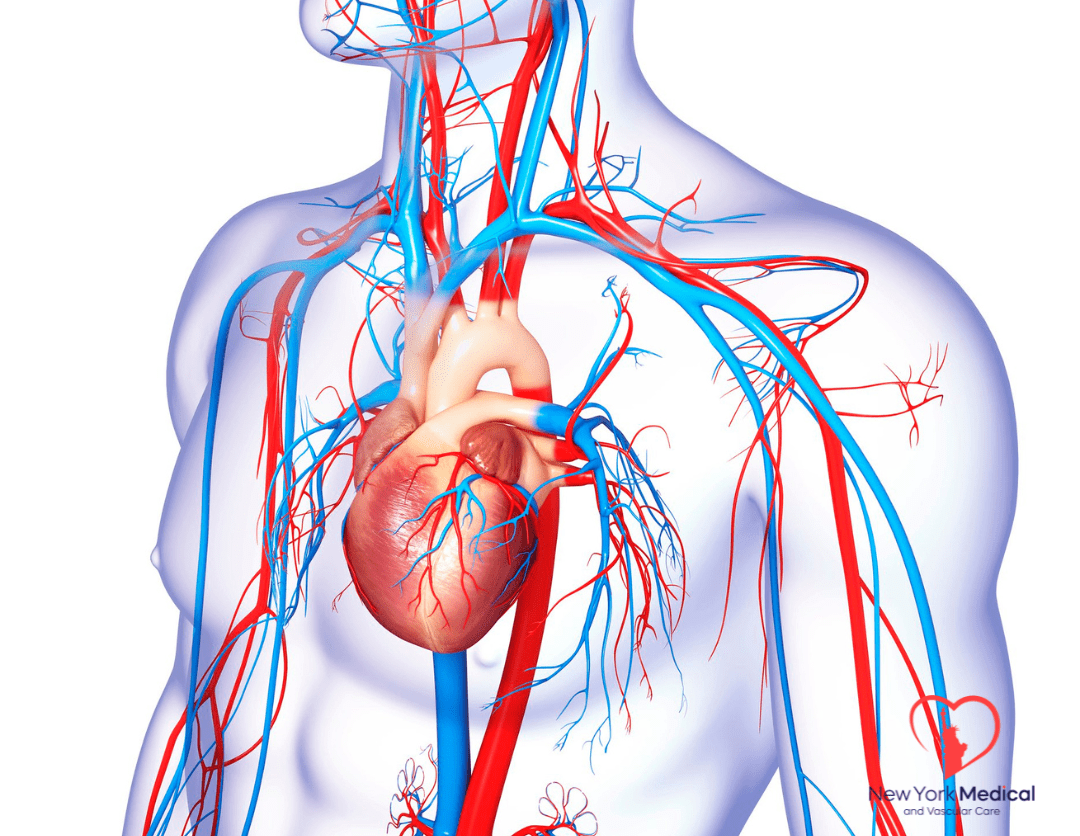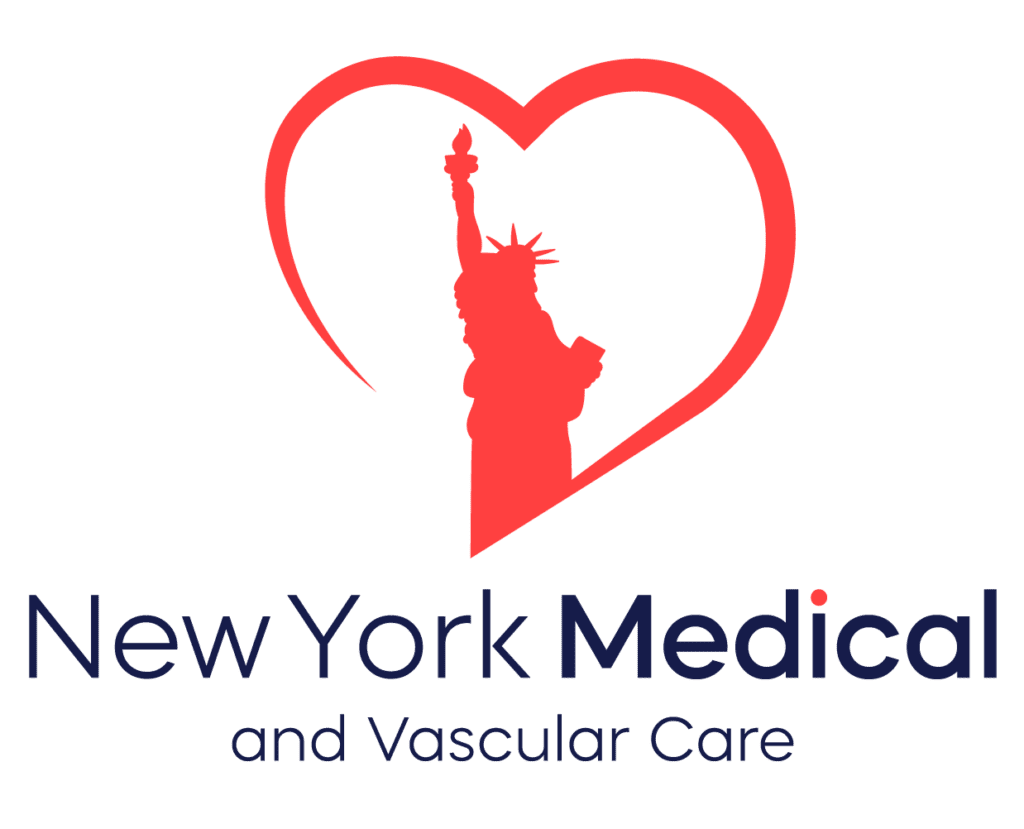At New York Medical and Vascular Care, our commitment is to empower our patients and the wider community with knowledge that can save lives. Aortic aneurysms are among the critical conditions that demand awareness due to their potential severity. Understanding the causes, recognizing the risks, and knowing the treatment options are vital to managing this condition.
What is an Aortic Aneurysm?
An aortic aneurysm occurs when a section of the aorta, the body’s main artery carrying blood from the heart to the rest of the body, becomes abnormally large or bulges outward. Depending on their location, aortic aneurysms are classified into two main types: Thoracic Aortic Aneurysms (occurring in the chest area) and Abdominal Aortic Aneurysms (occurring in the abdomen area).
What Causes Aortic Aneurysms?
While the exact cause of an aortic aneurysm may not always be clear, several factors contribute to the weakening of the aortic wall, including:
- Atherosclerosis: The buildup of plaque in the artery walls.
- High Blood Pressure: Increases the pressure on the artery walls.
- Genetic Conditions: Certain genetic disorders can weaken the connective tissue in the aorta.
- Infection: In rare cases, an infection can lead to an aneurysm.
- Trauma: Such as a car accident, can cause an aortic aneurysm.
Recognizing the Risks
Aortic aneurysms can be life-threatening if they rupture, leading to internal bleeding, which can quickly become fatal. Risk factors for developing an aortic aneurysm include:
- Age (most common in people over 60)
- Smoking, which can weaken the aortic walls
- High blood pressure
- Atherosclerosis
- Family history of aortic aneurysm
- Certain genetic conditions
Symptoms to Be Aware Of
In many cases, aortic aneurysms grow slowly and don’t cause symptoms, often being discovered during routine examinations or tests for other conditions. When symptoms occur, they might include:
- A deep, constant pain in the abdomen or on the side of the abdomen
- Back pain
- A pulse near the belly button
For thoracic aortic aneurysms, symptoms might include:
- Chest pain
- Back pain
- Difficulty swallowing or breathing
Treatment Options
The treatment for an aortic aneurysm depends on its size, location, and risk of rupture. Options include:
- Monitoring: Small, slow-growing aneurysms may only require regular monitoring through imaging tests to check for changes in size.
- Medication: To reduce the risk of rupture by managing blood pressure and plaque buildup.
- Surgery: For larger aneurysms or those growing quickly, surgery may be necessary to repair or replace the affected section of the aorta. Surgical options include open repair and endovascular aneurysm repair (EVAR), a less invasive procedure.
The Importance of Early Intervention
Early detection of an aortic aneurysm can significantly improve treatment outcomes. Regular check-ups and screenings are especially important for those at higher risk. If you have risk factors or a family history of aortic aneurysms, discussing screening with your healthcare provider is crucial.
Conclusion
Aortic aneurysms, while potentially severe, can be effectively managed with early detection and appropriate treatment. At New York Medical and Vascular Care, we’re dedicated to providing our patients with the care and information they need to address such conditions proactively. If you have concerns or questions about aortic aneurysms or your risk factors, we encourage you to reach out to us. Together, we can take the necessary steps to protect your health and ensure the best possible outcomes.
Written by Dapralab


